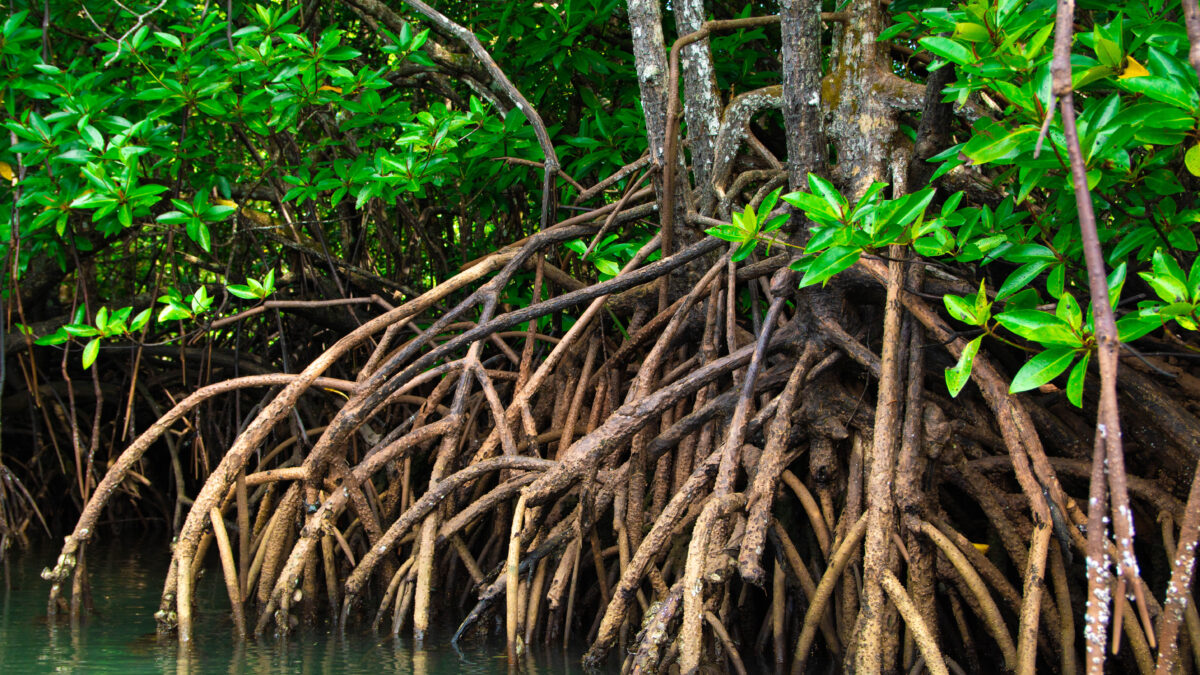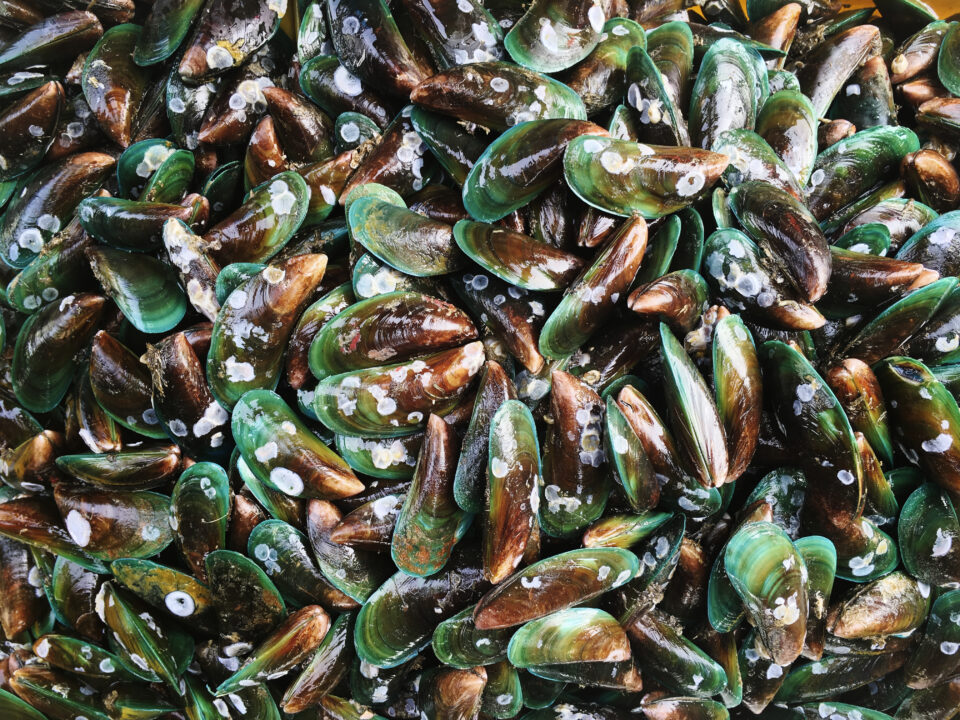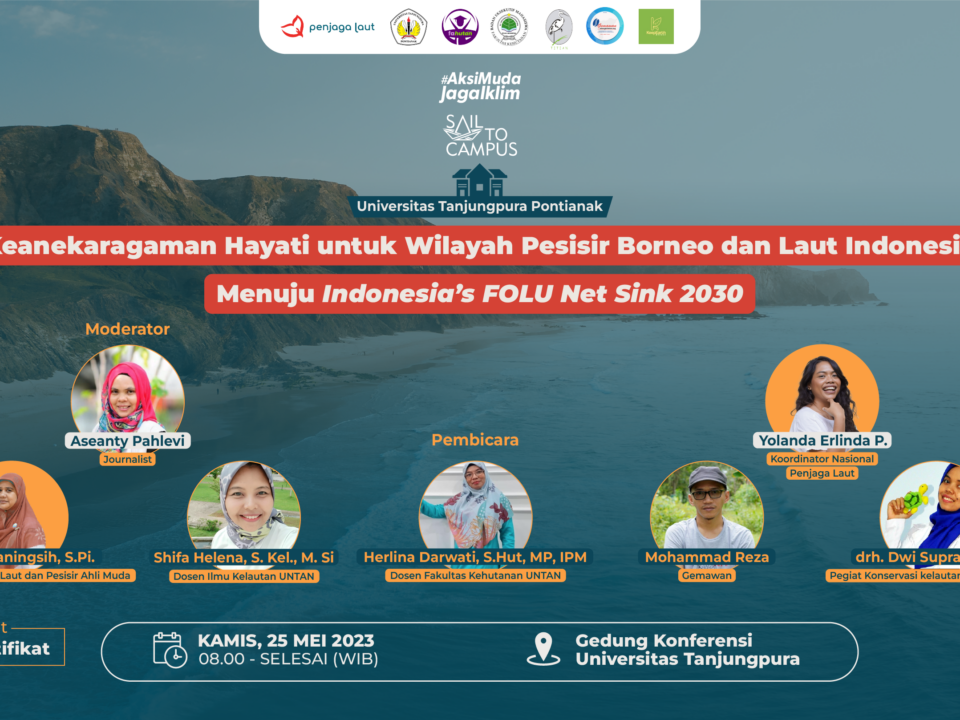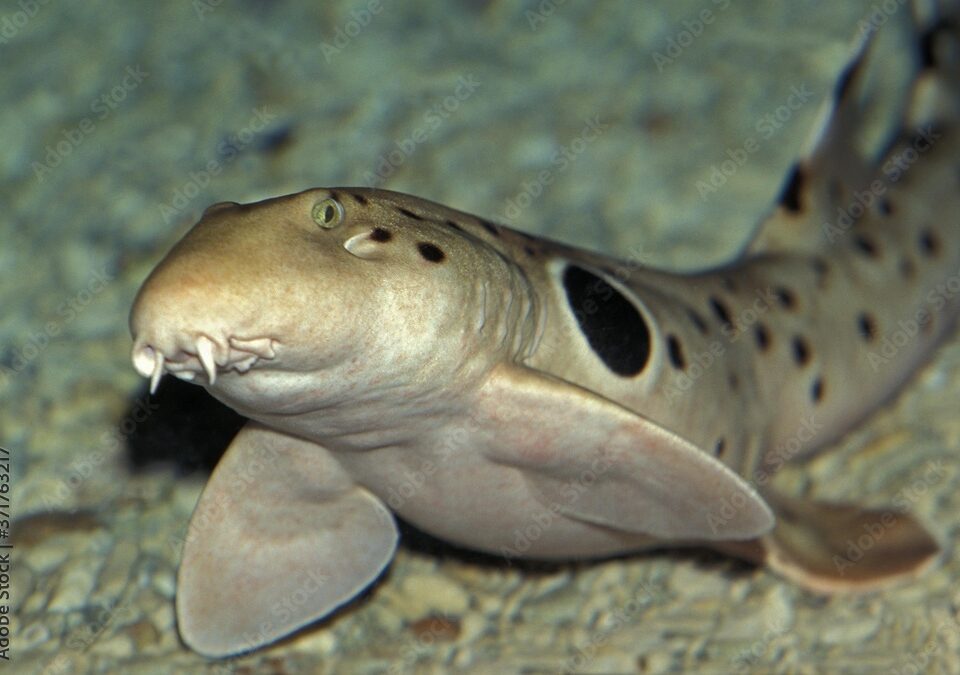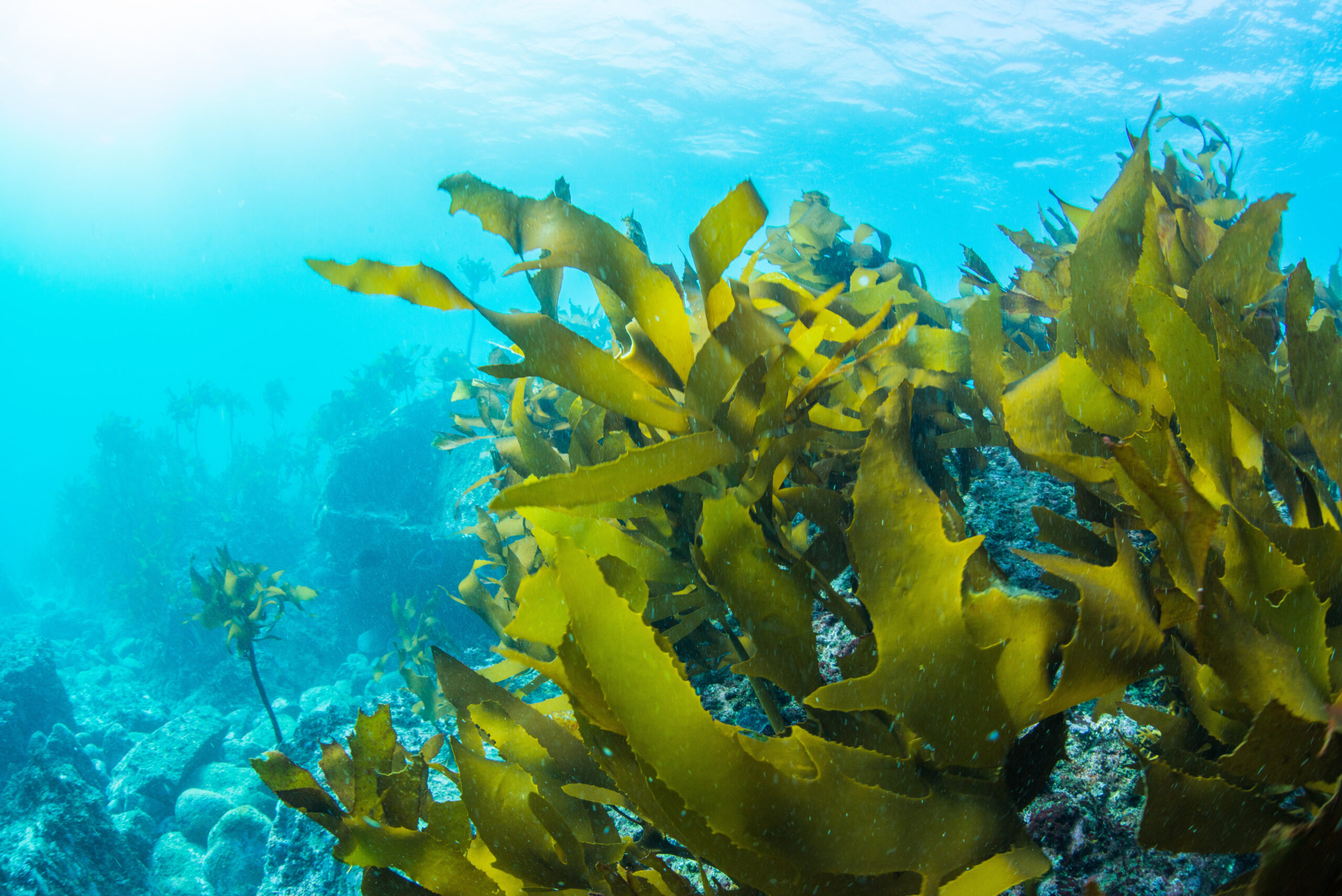
Limbah Rumput Laut Itu Bisa Diolah!
July 29, 2021
Halo, Para Ikan Yang Dilindungi!
July 31, 2021With just 9 years to go, Indonesia’s effort to meet its climate mitigation target will be concluded. As stipulated in the Nationally Determined Contribution (NDC), by 2030, Indonesia pledged to slash its greenhouse gas emission by 29% by 2030 against a business-as-usual baseline scenario, and up to 41 percent subject to international assistance and financial support. Before the deadline comes, Indonesia should optimize its climate mitigation and adaptation efforts.
Ocean-based sector has started to win a spotlight with regards to the global climate change effort since 2009. That was the time when the blue carbon was first widely introduced by United Nations Environment Programme (UNEP), Food and Agriculture Organization (FAO), and United Nations Educational, Scientific and Cultural Organization (UNESCO). The concept refers to the ability of ocean and coastal ecosystems that consist of mangroves, seagrasses, and salt marshes in sequestering and storing carbon.
With 3.2 million ha mangroves and 3 million ha seagrasses, Indonesia could store up to 3,4 billion metric tons carbon (PgC) that is equal to 17% of the total blue carbon globally (MoEF, 2017). In particular for mangrove, studies have shown that per hectare, mangrove forests store up to five times more carbon than other tropical forests (CIFOR, 2015).
The Policy Dynamics on Mangrove
Indonesia’s efforts in managing its blue carbon ecosystem particularly mangrove has been realized in a number of policies. One of them is the Regulation of the Coordinating Minister for Economic Affairs Number 4/2017 on Policy, Strategy, Program, and Performance Indicators of National Mangrove Ecosystem Management. As stated in the regulation, the target for national mangrove rehabilitation is 3.49 million ha by 2045. The regulation is essentially a realization of what was previously mandated in Presidential Regulation Number 73/2012 on the National Strategy on Mangrove Ecosystem Management. It regulated the establishment of National Coordination Team of Mangrove Management which guided the formation of Regional Mangrove Working Groups in several provinces. However, with the issuance of Presidential Regulation Number 82/2020 on COVID-19 Mitigation Committee and National Economic Recovery, the Mangrove Coordination Team was one of the state bodies disbanded by the President.
Despite of some concerns regarding the disbandment, the government’s decision to expand the Peat Restoration Agency’s tasks to cover mangrove rehabilitation is expected to fill the institutional gap. With this new mandate, by the end of 2020, the state body was changed its name into the Peatland and Mangrove Restoration Agency (BRGM). Mangrove restoration will focus in nine provinces namely North Sumatra, Riau, Riau Islands, Bangka Belitung, West Kalimantan, East Kalimantan, North Kalimantan, Papua, and West Papua. 600,000 ha is targeted for the mangrove restoration in those provinces both in and outside forest areas.
In development context, the government’s priority on blue carbon is realized through The National Mid-Term Development Plan (RPJMN) 2020-2024. Blue carbon ecosystem is outlined as one of the five strategies to achieve low carbon development along with renewable energy development, land-based rehabilitation, waste management, and green industry development. The strategy has also been translated into Low Carbon Development Plan (PPRK) guiding all provinces in designing their regional low carbon development plan (RPRKD).
The latest progress recorded is the development of Presidential Regulation on carbon economic valuation. Cited in a MoEF’s press release, the regulation will cover carbon trade mechanism (cap and trade and carbon offset), Result Based Payment (RBP) and carbon tax, NDC target realization with regards to carbon economic values, as well as the establishment of monitoring and control instrument.
Restoration Program Should Go Hand in Hand with Conservation
In the implementation aspect, national program is currently focusing on the megaproject on mangrove rehabilitation coordinated by Coordinating Ministry for Maritime and Investment Affairs and implemented by BRGM. The program is targeted to realize BRGM’s target to restore 600,000 ha area of mangroves by 2024.
Responding to the ambitious restoration target, Climate Mitigation and Adaption Director from Conservation International (CI), Barakalla Robyn emphasized the importance to also focus on conservation. In Papua and West Papua where most of its mangroves are still intact, conservation program should be prioritized. Barakalla along with CI are currently undertaking a cost-benefit analysis to compare restoration and conservation efforts. He expected that the study would provide a scientific and financial reference to the government in designing program priorities on mangrove management in the future.
“What we are doing is simple. The analysis is conducted by calculating cost of investments on restoration and conservation programs, then making a benefit comparison of both programs. What needs to be prioritized is to build sustainable local economic models so that the communities would no longer cut down mangroves. Stop deforestation, while running the restoration program. In the eastern part of Indonesia, we really need to focus on conservation first,” he added.
Similarly, a recent study published by the Agency for Marine & Fisheries Research & Human Resources, highlighted the importance of conservation. The study predicted the emission reduction achieved by two scenarios: mitigation action focusing only on mangrove planting (scenario 1) and action combining both restoration and conservation (scenario 2). The result shows that scenario 1 could only cut emission by 5.99 % by 2030. Meanwhile scenario 2 is predicted to reduce emission by 57.93% by the same year (Novi Susetyo Adi, et al, 2020).
Synergizing Site-level Programs
In addition to program scope, Bara also stressed out the importance of synchronizing programs at the site level with national priorities and initiatives. Mangrove conservation and restoration activities have been implemented in many areas in Indonesia. However, not all site-level programs have been recorded at the national level as a part of the monitoring and evaluation processes.
“With this regard, the role of the local governments both at district and provincial level should be optimized. Monitoring and evaluation supported by solid baseline data is essential to ensure the impact is measured. This way, the evidence could speak clearly that what have been done at sites could support national commitment on climate mitigation and adaptation,” he added.

